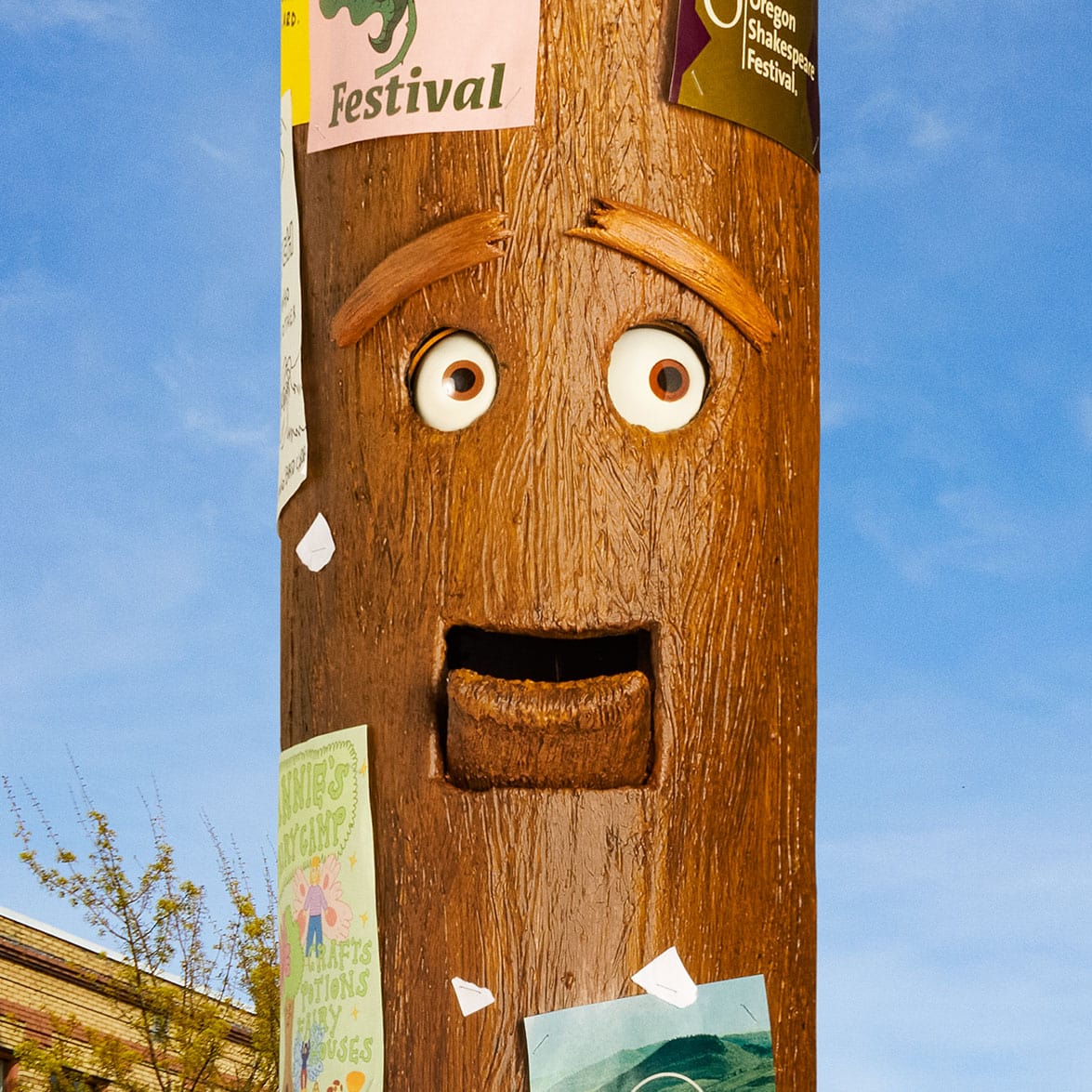History runs deep across Oregon with fascinating, colorful and surprising stories. This week, we’ll visit some of Oregon’s pioneer cemeteries that are heritage sites and offer a peak through “Windows of Time.”
Lone Fir Cemetery is as much a celebration of life as it is a resting site.
Frank Schaefer, Chair of the Friends of Lone Fir said, “This cemetery was established before Oregon was a state, so we have mayors, politicians, policemen, firemen, criminals and the pioneers who came from the east to the west – all are here.”
It’s a pioneer cemetery in the middle of Oregon’s largest city and it recently made big news when “National Geographic” announced that it is one of the “Top Ten Cemeteries to Visit” in the world.
The site dates to 1846 and it boasts remarkable ornate architecture, gigantic trees and famous people.
Schaefer added, “That combination makes it very unique and very special.”
Lone Fir Cemetery holds on to its heritage in unique fashion according to Metro’s Rachel fox:
“It’s our keynote cemetery; a 30-acre arboretum that’s loved by the community.”
Metro manages Lone Fir’s park-like setting that wasn’t always so rich with natural beauty.
More than a century ago, the cemetery was largely barren with just a scattering of trees including the namesake Doug Fir that’s now 150 years old.
“We have a unique variety of trees and habitats within the cemetery and it actually serves as a community park,” noted Fox. “I call this place the ‘family album’ of Portland and that’s what sets us apart. Even though it’s a place set aside for remembrance and there is death here, it’s full of life and it’s a comfortable, warm place to visit.”
Kuri Gill, Oregon State Parks and Recreations Heritage Cemetery Program Manager, agreed and noted: “These places give the long history of the community – the surrounding community, so it’s very local history and people appreciate that.”
There are more than 750 Oregon Pioneer Cemeteries that have been officially documented, according to Gill. There may be another 500 that have not been identified yet.
Many like Washington County’s small Harrison Pioneer Cemetery have volunteers like Judy Goldmann who take care of them.
Gill added, “We encourage people to do that in a friendly way with good stewardship to really go out and be in the cemeteries. Of course, be respectful when you’re there, but it’s great to have people here because it protects the sites from vandalism.”
Goldmann has no family in Harrison and yet she’s been tending the site over 30 years. She is proud to take care of the past:
“Oh yes, to preserve it and to make it known that there were these people who came way before and built the foundations of what we now have in this beautiful land.”
Just off Stafford Road near Lake Oswego, the Oswego Pioneer Cemetery is a beautiful hillside setting, but when you dig a bit deeper discover a story you’ve likely never heard.
The story of the ironworkers who worked, lived and passed on in long ago Lake Oswego.
This was a time long before it was known as a suburban residential community.
Local historian Susanna Kuo, (Lake Oswego Preservation Society) explained: “They had the water power, they had the forests for charcoal and they had the iron ore. It all added up to a promising business plan in the 1800’s.”
The Oswego Pioneer was once a “company cemetery’ and it was a part of a company town. Workers came from across the country to work at a so-called “Iron Plantation” that was located in what is now downtown Lake Oswego – right next to the Willamette River.
The company owned the post office; a general store and they built cottages for their workers,” noted Kuo. “They platted neighborhoods and they operated the cemetery for nearly 42 years.”
They mined the iron ore from the nearby hills, smelted it and cast the molten iron into all sorts of items – including pipes that that delivered Bull Run water to Portland residents.
Kuo added that the mining work was dark, dirty and dangerous.
“They had zero safety equipment and it was very hard work with 12 hour shifts. The furnace ran around the clock because you don’t turn off something that’s 2800 degrees and expect to relight it and get full power the next morning.”
A new “Heritage Trail” is underway that will link the important historic industrial sites with the Oswego Pioneer Cemetery where 90 iron workers are buried.
Information plaques will tell the largely unknown story.
In fact, you can check out an original iron foundry furnace too. It rests intact and restored by local folks at George Roger’s Park in Lake Oswego.
Steve Dietz, member of the Lake Oswego Preservation Society, added: “The furnace and the stack for the furnace have gone through a recent rehabilitation and restoration and it is now a one of a kind in Oregon.”
That’s the nature of Oregon’s Heritage Pioneer Cemeteries – each offers unique stories and they are open to visitors too.
Oregon State Park managers ask that when you visit, be a good steward and become a fan—visit the cemeteries in your community and if you see vandalism, report it.
Be sure to check out information about Lone Fir Cemetery’s famous Halloween night event on October 31. The cemetery is lit from 6-10 p.m. when more than a hundred volunteers will offer guided tours across the grounds in an annual event called the “Tour of Untimely Departures.”
